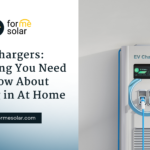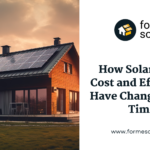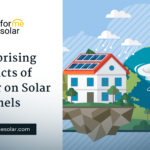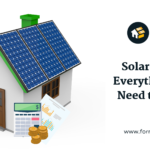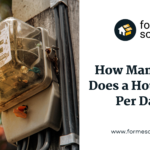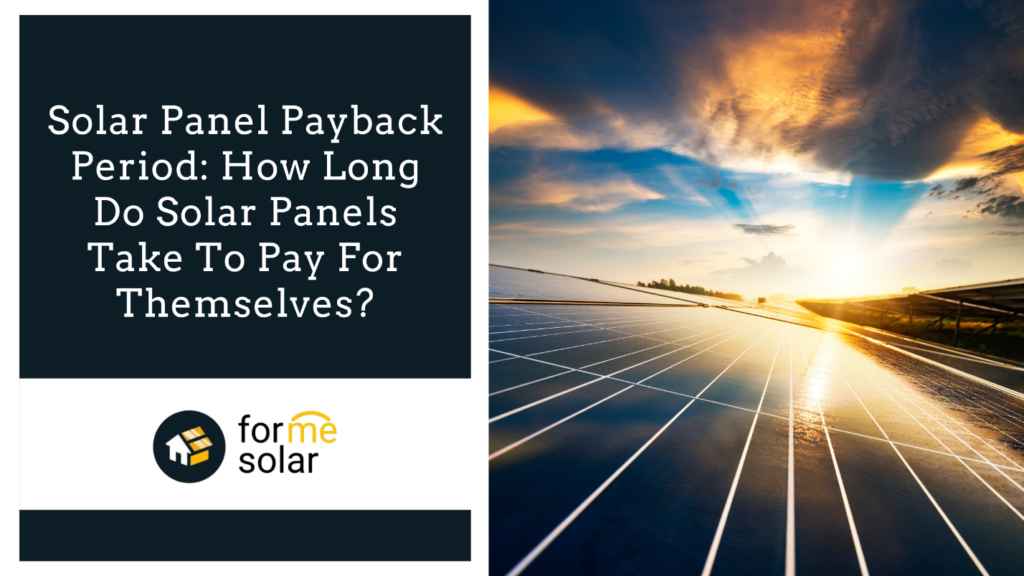
Table of Contents
Solar Panel Payback Period: How Long Do Solar Panels Take To Pay For Themselves?
Choosing a solar energy investment naturally prompts the question of how quickly solar panels can recoup their costs. Typically, homeowners take anywhere from 6 to 15 years to recover their initial investment in solar panels. However, the unique energy dynamics of each household and various influencing factors on solar costs mean that there isn't a universal answer applicable to all homeowners.
In the United States, the average payback period for a residential solar installation is approximately 10 years. Yet, this timeline varies for each individual. The duration for an individual solar system to offset its costs hinges on factors such as the initial investment size, the utility company's electric rates, and the sunlight exposure the panels receive.
To determine your specific solar payback period – the time it takes to break even – you can use a calculation based on your system's cost, incentives and rebates received, and the amount saved on electricity. Regardless of the payback timeline, investing in solar is a wise decision, and we're here to guide you towards energy independence by showcasing the simplicity and affordability of the process.
Continue reading to explore the return on investment that solar offers and discover how you can ascertain the returns awaiting you.
What Does the Payback Period Signify for Solar Panels?
The payback period for solar panels represents the duration it takes for you to recover the expenditure on your system through savings in electricity. Numerous individuals employ the payback period calculation to assess the suitability of solar as an investment for their requirements. Several factors influence the duration of a solar payback period.
The Cost of Your Solar System
Prior to determining your payback period, it's essential to be aware of the financial commitment you are making toward the solar system. This involves summing up the expenses for the panels, components, installation, labor, and related aspects, excluding any considerations for government incentives.
Tax Credits and Incentives You Received
Solar panels offer the opportunity to secure cash rebates and significant tax reductions in the initial year. Notably, the federal solar tax credit allows you to deduct 30% of your solar expenses from your taxable income. Any incentives acquired can potentially reduce your payback period. By subtracting these incentives from your total system costs, you arrive at your net solar costs. It's advisable to consult with a tax professional to ensure accurate tax filing.
Your Homes Energy Requirements
Larger homes typically require more extensive solar systems, resulting in a lower cost per watt. Interestingly, this seemingly counterintuitive concept implies that residences with higher energy consumption often experience a shorter payback period due to the cost efficiencies associated with larger system sizes. Conversely, the reverse holds true.
The Energy Yield from Your Panels
Greater panel efficiency translates to a quicker payback period, as the solar energy generated by your system offsets the electricity typically drawn from the grid. This holds true when your solar panels are strategically positioned to receive optimal sunlight and are installed correctly.
The Electricity Charges in Your Area
Electricity costs may vary, but the positive aspect is that higher electricity rates are associated with a shorter payback period. Upon the activation of your solar panels, you can alleviate or completely eradicate this cost.
Incentives and rebates for solar vary from state to state, leading to variations in the solar payback period based on your location. Certain states boast shorter payback periods due to the availability of incentives, making it more cost-effective for residents to pursue solar upgrades.
How to Determine Your Solar Payback Period?
Calculating the timeframe for solar panels to recoup their costs is a straightforward process. Begin by tallying the total expenditure on equipment, installation, and materials. Then, deduct the received incentives and rebates from this total, and divide the remaining amount by the savings on electricity bills until it matches the entire project cost. It's important to note the unpredictable nature of electricity prices.
Here's an example:
Solar system installation cost: $15,000
Rebates and other incentives: $2,000
Annual electricity savings: $1,500
$15,000 – $2,000 = $13,000
$13,000 / $1,500 = ~9-year payback period
Given the monthly fluctuations in amounts, these calculations don't consider net metering, which can result in higher savings and expedite the payback period. Ultimately, for the most accurate solar estimate, it's recommended to schedule a consultation with a knowledgeable advisor from Forme Solar.
What Constitutes a Reasonable Payback Period for Solar?
Determining a 'good' payback period for solar is contingent on various factors such as property specifics and location, making it challenging to establish a universal standard. However, solar experts often adhere to a rule of thumb suggesting that a payback period less than half the lifespan of the solar system is considered a favorable investment.
To expedite the payback period, consider investing in high-quality components and panels, incorporating solar storage, leveraging available incentives, and enhancing overall energy efficiency in your home.
In the solar industry, the Internal Rate of Return (IRR) is a key metric used to compare solar investments with other popular investment avenues. For instance, a long-term investment in a broad stock index fund historically yields an IRR of around 8% per year. Comparatively, a home solar system in a state like Virginia, where the payback time is approximately 12 years, also aligns with an IRR of about 8%.
Encouragingly, several states boast superior IRR and payback time metrics, especially in the Northeast and California, where electricity costs are notably high. Residents in states such as Massachusetts, New Jersey, California, and New York can anticipate IRRs ranging between 16 and 20 percent—double or more than the average return of a long-term index fund.
How Long Can Solar Panels Last?
The longevity of a solar panel significantly influences the cumulative electricity savings over time. A shorter lifespan means less time to enjoy savings beyond the payback period before considering a replacement.
Monocrystalline Solar Panels:
This type stands out as the most prevalent and efficient in today's market. While manufacturers typically offer warranties ranging from 25 to 30 years, monocrystalline panels often surpass this and can endure for 40 years or even longer.
Polycrystalline Solar Panels:
Also widely chosen for solar energy, polycrystalline panels are slightly less efficient than their monocrystalline counterparts and tend to degrade faster. These panels generally have a lifespan of 25-35 years.
Thin-Film Solar Panels:
While less effective than the previous two types, thin-film solar panels have a shorter lifespan. If you opt for thin-film panels, anticipate a duration of 10-20 years.
Considering these factors, is solar still a worthwhile investment? Absolutely. Even if it takes a decade to recoup your expenses, you still have 25 years to reap the benefits of the system and capitalize on the upgrade. Keep in mind that the payoff period may vary based on fluctuating electricity costs, the efficiency of your solar system, and your individual energy consumption.
Final Thoughts...
Now that you know how long it takes for solar panels to pay for themselves, you can figure out the estimated payback period and return on investment (ROI) if you've got a quote for home solar panels. If you haven't gotten quotes yet, it's easy to start—just reach out to us, and we'll help you find offers from local solar providers.
Aside from the money you save on your electric bill, solar panels have other perks that might not be easy to measure. One big one is the increase in your home's value, estimated to be around 4% of what your home was worth before getting solar.
And let's not forget the positive impact on the environment that comes with using renewable energy. If you decide to add batteries to your solar setup, it gives you an extra layer of security, so you don't have to worry as much if the power goes out.
In simple terms, having solar panels on your home means more than just financial benefits—it also boosts your home's value, helps the environment, and makes you more resilient to power outages. It's an investment that pays off in many ways.


